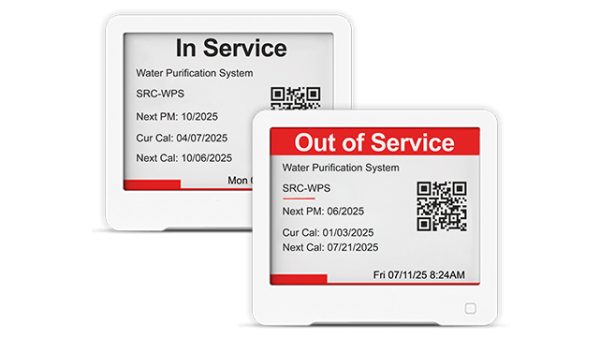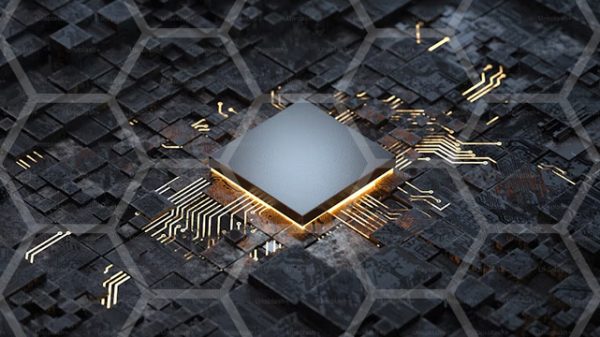The total number of cellular IoT connections (including NB-IoT and LTE-M) will grow from 1.5 billion at the end of 2022 to 6.1 billion at the end of 2032. However, by 2032 the composition of the market will be rather different from today, being highly dominated by 5G.
In this article we examine how 5G will come to dominate the space, and in so doing demonstrate a key trend in IoT connectivity: a bifurcation between high value and low value use cases.
What is 5G and why is it relevant for IoT?
5G is the Fifth Generation of the technology standards for cellular communications, developed by the Third Generation Partnership Project (3GPP) grouping of standards bodies. The 5G standard was introduced in Release 15 in 2018 and is undergoing further refinements.
In terms of architecture and capabilities, 5G provides some critical additional capabilities that are relevant for IoT, when compared to 4G. These are: enhanced Mobile Broadband (eMBB) which provides increased bandwidth (speeds of up to 10Gbit/s, although realistically it will be around 100-200Mbit/s); massive Machine Type Communications (mMTC) which supports massive IoT deployments of 1 million devices per square kilometre); and Ultra-Reliable Low Latency Communications (URLLC), giving theoretical latency of 1ms (but more realistically 10ms) and ultra reliability for applications such as remote surgery, autonomous vehicles, and energy grids.
Within the Transforma Insights forecasts we split 5G between ‘mMTC’ and ‘non-mMTC’. The mMTC category includes NB-IoT and LTE-M and further evolutions focused on low power wide area (LPWA). The non-mMTC is ‘full’ 5G, in the form of 5G New Radio (NR).
5G growth soon outstrips 4G
The total number of 5G (including both 5G mMTC and non-mMTC) connections will grow from 450 million in 2022 to 4.3 billion in 2032, at which point it will account for 84% of all connections. The non-mMTC portion today account for 6% of 5G connections, growing to 24% in 2032 (at which point it will account for 837 million connections). The lion’s share of mMTC connections are today in China.
In 2023, the annual shipments of 5G devices (including both mMTC and non-mMTC) will exceed that of 4G. Considering solely 5G non-mMTC, annual shipments will grow from 9 million in 2022 to 227 million in 2032, during which year it will exceed sales of 4G (178 million).
A major role for mMTC will be to provide a replacement for 2G, the shipments of which will be negligible by 2032, although there will still be 66 million 2G devices operational.
Current and future applications
The earliest ‘full’ 5G deployments in IoT are focussed on private campus networks such as factories, warehouses, hospitals and oil refineries. In the future, 5G will be increasingly used in smart grids, for asset tracking and monitoring, in connected vehicles, white goods, and for building safety and security.
Connected vehicles will be one of the earliest and strongest adopters of 5G since automotive OEMs are always keen to future-proof their products, and demand high bandwidth. In 2032, 46% of non-mMTC 5G connections in 2032 will be connected cars. Other use cases where 5G’s high bandwidth is required include AR/VR, CCTV and consumer electronics.
Split in 5G illustrates a bifurcated IoT connectivity market
5G IoT is split between use cases involving low-cost sensors (e.g. for environmental monitoring or track & trace) which use 5G mMTC, and high value asset control and analytics (such as CCTV or connected cars) which use 5G non-mMTC (i.e. ‘full 5G’). This is illustrative of, and a trigger for, a key trend in cellular-based IoT, which is having a significant impact on market structure.
We increasingly see the provision of connectivity for these two types of use cases being done in different ways. In October 2021 we published a blog post talking about $1 IoT, i.e. connections that might generate less than $1 per year in revenue. This would not include all connections, but certainly is relevant to NB-IoT/LTE-M. In order to better address them, operators need to adopt ‘hyperscale’ approaches to streamlining systems and processes. One example of this is in IoT Connectivity Management Platforms (CMPs). In April 2023 we published a Position Paper discussing some aspects of the CMP space, including the extent to which there are now two main tiers, ‘Thin’ and ‘Thick’, the former being used to address lower functionality devices, with a reduced set of features.
In some cases operators are adopting new approaches to addressing the market which reflect the bifurcation. AT&T, for instance, is now heavily focused on the connected car space, almost the exclusion of all else, a trend that we tracked in our CSP IoT Peer Benchmarking Report. Other operators have started to use different brands to address different parts of the market, for instance with 1NCE and Deutsche Telekom IoT.
The post 5G growth demonstrates cellular IoT market bifurcation appeared first on IoT Business News.
























